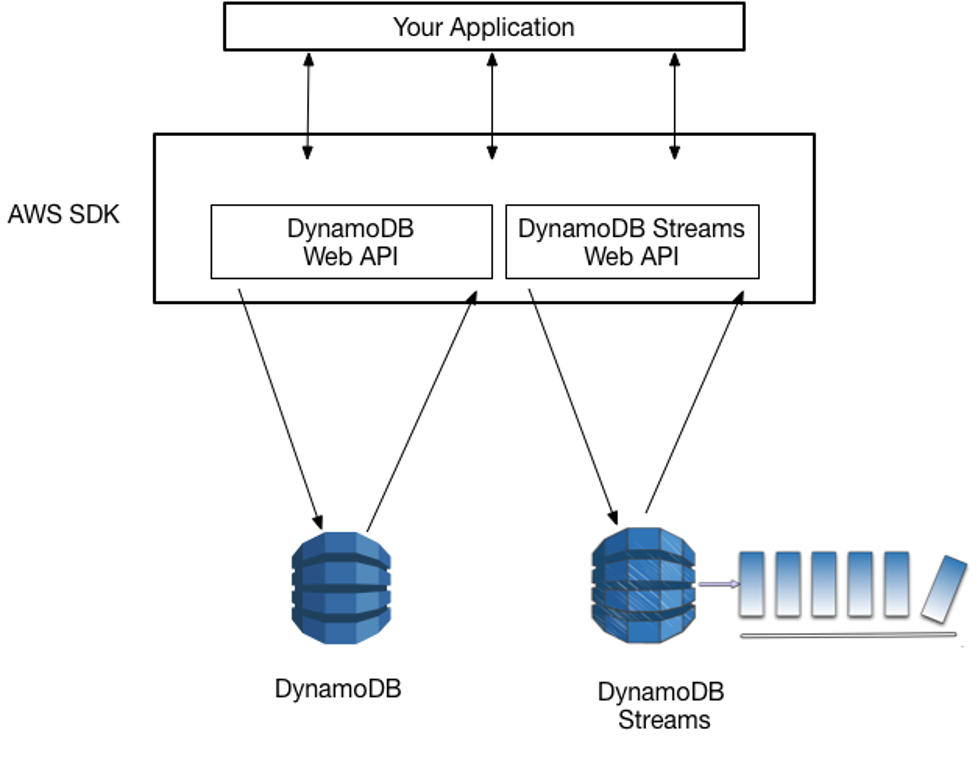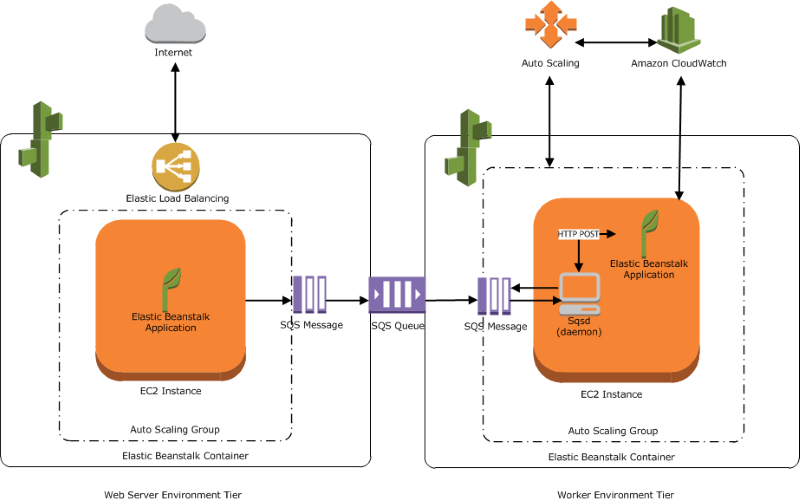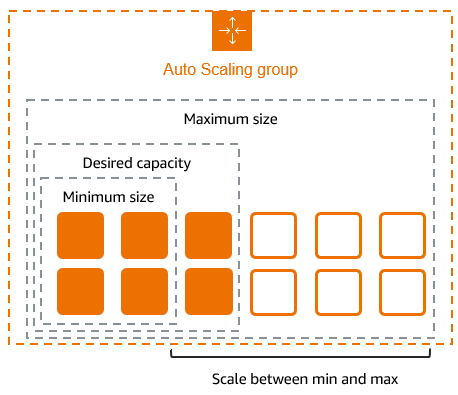Introduction
Preparing for a networking interview can be overwhelming, especially with the vast range of topics to cover. Whether you're a seasoned professional or just starting your IT career, mastering these top 50 networking questions will help you confidently tackle technical interviews. At DevOps Horizon, we've compiled the most common and crucial networking questions, complete with concise answers and clear explanations.
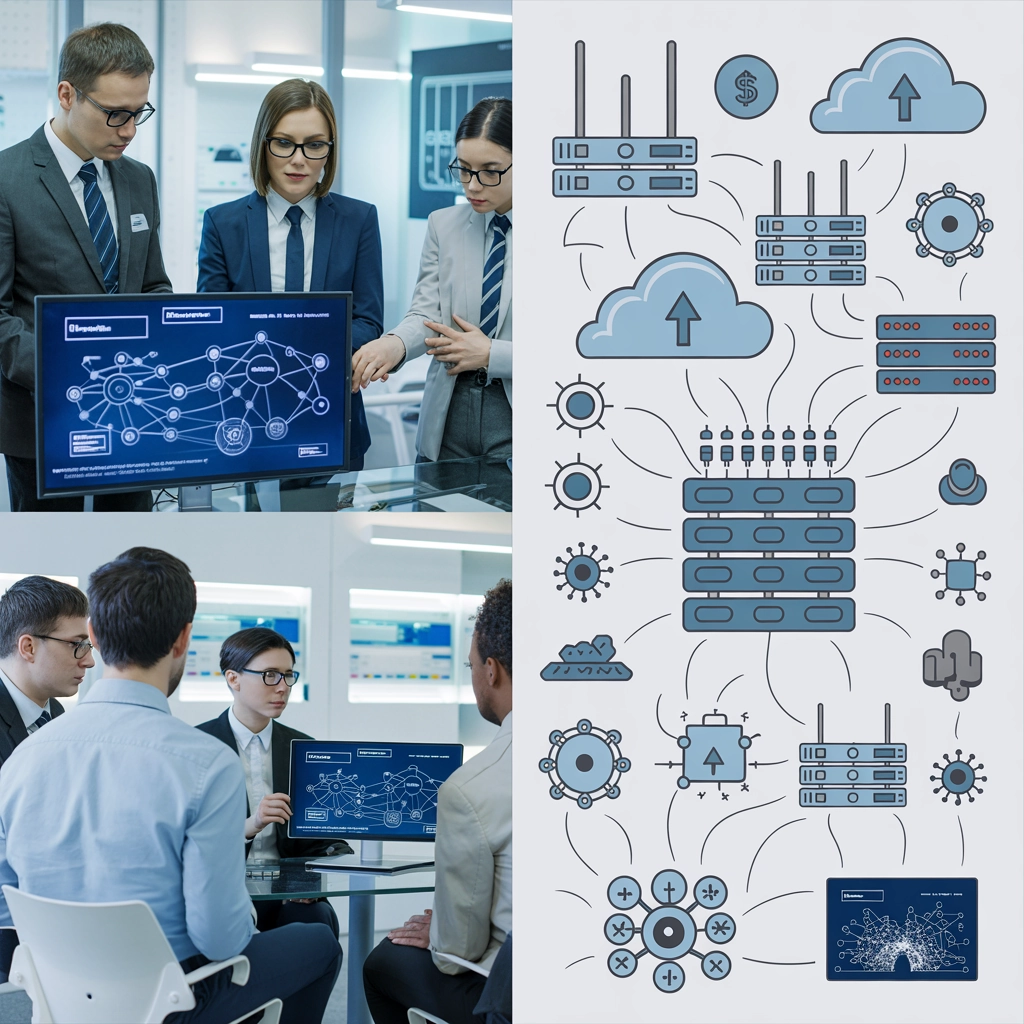
Fundamental Networking Concepts
1. What is a computer network?
Answer: A computer network is a collection of interconnected computing devices that can exchange data and share resources.
Explanation: Networks range from small home setups to massive enterprise infrastructures, enabling communication between devices using standardized protocols.
2. What are the types of computer networks based on scale?
Answer: LAN, MAN, WAN, PAN, and GAN.
Explanation: Local Area Network (LAN) covers small areas like homes/offices. Metropolitan Area Network (MAN) spans cities. Wide Area Network (WAN) connects geographically dispersed networks. Personal Area Network (PAN) connects personal devices. Global Area Network (GAN) connects networks worldwide.
3. What is network topology?
Answer: Network topology refers to the physical or logical arrangement of devices in a network.
Explanation: Common topologies include bus, star, ring, mesh, and tree, each with distinct advantages for different use cases.
4. What's the difference between bandwidth and throughput?
Answer: Bandwidth is the maximum data transfer capacity, while throughput is the actual data transfer rate achieved.
Explanation: Bandwidth represents theoretical maximum capacity (like a highway's lane count), while throughput represents actual performance (actual cars passing through), often lower due to network conditions.
5. What is a network protocol?
Answer: A network protocol is a set of rules that governs data communication between devices on a network.
Explanation: Protocols define how data is formatted, transmitted, received, and processed, ensuring consistency across diverse systems.
Network Models and Protocols
6. Explain the OSI model and its layers.
Answer: The OSI (Open Systems Interconnection) model is a conceptual framework with seven layers that standardize network functions.
Explanation: From bottom to top: Physical (cables/signals), Data Link (MAC addresses), Network (IP routing), Transport (TCP/UDP), Session (connection management), Presentation (data translation), and Application (user interfaces).
7. What is the TCP/IP model?
Answer: TCP/IP is a four-layer practical implementation model used for internet communication.
Explanation: Its layers are Network Interface (physical connection), Internet (IP addressing/routing), Transport (TCP/UDP), and Application (protocols like HTTP, FTP).
8. What's the difference between TCP and UDP?
Answer: TCP is connection-oriented with guaranteed delivery, while UDP is connectionless with no delivery guarantees.
Explanation: TCP ensures data integrity through acknowledgments and retransmissions, making it suitable for critical data. UDP offers faster transmission with minimal overhead, ideal for streaming and real-time applications.
9. What is HTTP and which port does it use?
Answer: HTTP (Hypertext Transfer Protocol) is an application protocol for distributed, collaborative information systems, using port 80.
Explanation: HTTP enables web browsers to communicate with web servers, while HTTPS (HTTP Secure) uses port 443 with encryption for secure communication.
10. Explain DNS and its function.
Answer: DNS (Domain Name System) translates human-readable domain names into IP addresses.
Explanation: It functions like an internet phone book, converting www.example.com to its corresponding IP address (e.g., 93.184.216.34) through a hierarchical, distributed database system.
IP Addressing and Subnetting
11. What is an IP address?
Answer: An IP address is a unique numerical identifier assigned to each device on a network.
Explanation: IPv4 uses 32-bit addresses (e.g., 192.168.1.1), while IPv6 uses 128-bit addresses (e.g., 2001:0db8:85a3:0000:0000:8a2e:0370:7334) to accommodate more devices.
12. Explain the difference between public and private IP addresses.
Answer: Public IPs are globally routable and unique across the internet, while private IPs are used within local networks.
Explanation: Private IP ranges (10.0.0.0/8, 172.16.0.0/12, 192.168.0.0/16) aren't routable on the internet and require NAT (Network Address Translation) for external communication.
13. What is CIDR notation?
Answer: CIDR (Classless Inter-Domain Routing) notation represents IP addresses with their subnet mask as a suffix showing the prefix length.
Explanation: For example, 192.168.1.0/24 indicates the first 24 bits represent the network portion, leaving 8 bits for host addresses (allowing 254 usable hosts).
14. What is subnetting and why is it used?
Answer: Subnetting divides a large network into smaller, more manageable subnetworks.
Explanation: Benefits include improved security through network segmentation, reduced broadcast traffic, and more efficient use of IP address space.
15. Explain the purpose of a default gateway.
Answer: A default gateway is the node (typically a router) that serves as an access point to other networks.
Explanation: When a device needs to communicate with another device outside its local network, it sends traffic through the default gateway, which knows how to route to external destinations.
Network Hardware and Infrastructure
16. What's the difference between a hub, switch, and router?
Answer: A hub broadcasts data to all ports, a switch forwards data based on MAC addresses, and a router connects different networks using IP addresses.
Explanation: Hubs operate at Layer 1 (Physical), switches at Layer 2 (Data Link), and routers at Layer 3 (Network) of the OSI model, each providing increasing intelligence in data transmission.
17. What is a firewall?
Answer: A firewall is a network security device that monitors and filters incoming and outgoing traffic based on predetermined security rules.
Explanation: Firewalls can be hardware-based, software-based, or both, serving as a barrier between trusted internal networks and untrusted external networks.
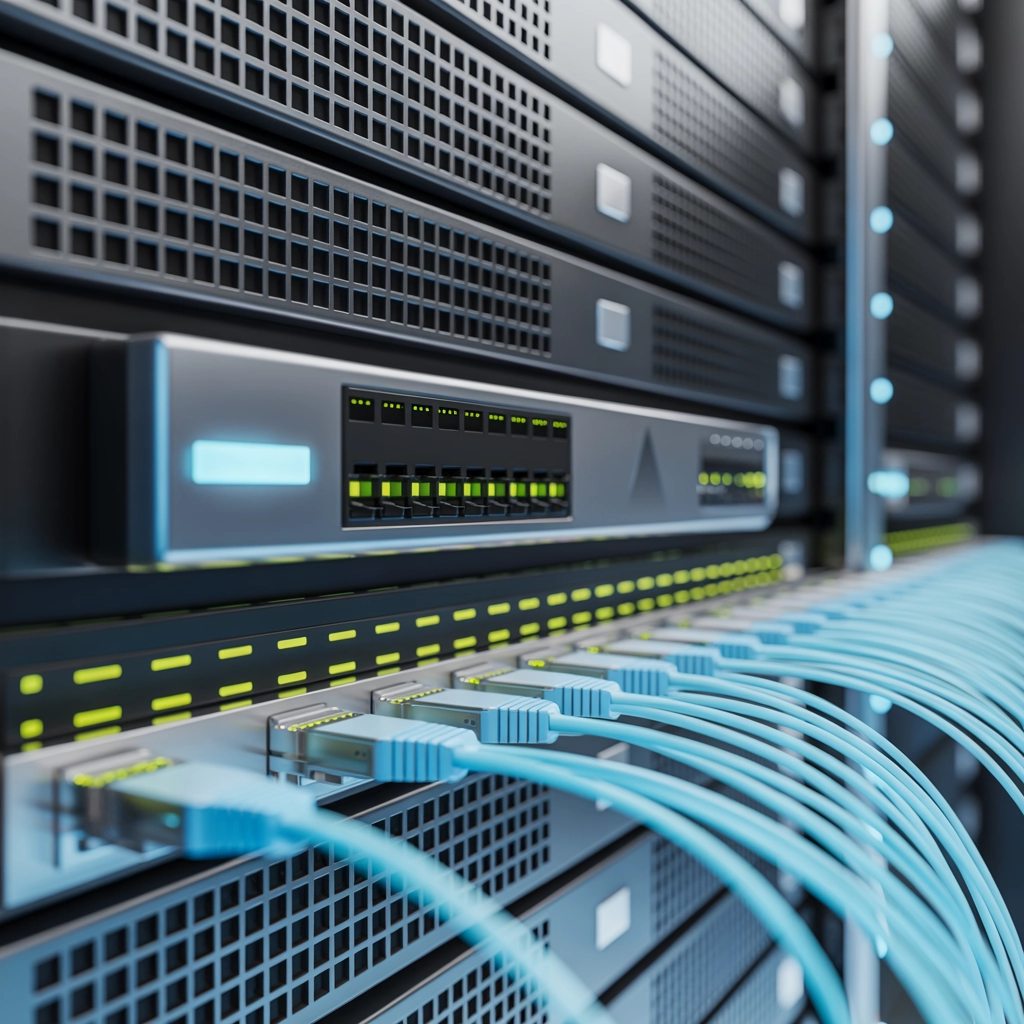
18. Explain what a load balancer does.
Answer: A load balancer distributes incoming network traffic across multiple servers to ensure no single server becomes overwhelmed.
Explanation: This improves application responsiveness, availability, and prevents server overload, with techniques including round-robin, least connections, or weighted distribution.
19. What is a proxy server?
Answer: A proxy server acts as an intermediary between client requests and the resources providing those requests.
Explanation: Proxies can improve performance (caching), provide security (filtering), or enable anonymity (hiding client identity).
20. Describe what VLANs are and their benefits.
Answer: VLANs (Virtual Local Area Networks) logically segment a single physical network into multiple isolated networks.
Explanation: Benefits include improved security through isolation, reduced broadcast domains, simplified network management, and flexibility in network design without physical reconfiguration.
Network Security
21. What is a VPN and how does it work?
Answer: A VPN (Virtual Private Network) creates a secure, encrypted connection over a less secure network, such as the internet.
Explanation: It establishes an encrypted tunnel for data transmission, protecting sensitive information and enabling secure remote access to private networks.
22. Explain the difference between authentication and authorization.
Answer: Authentication verifies identity (who you are), while authorization determines access rights (what you can do).
Explanation: Authentication occurs first using credentials like passwords or biometrics, followed by authorization which grants specific permissions based on the authenticated identity.
23. What is SSL/TLS?
Answer: SSL (Secure Sockets Layer) and its successor TLS (Transport Layer Security) are cryptographic protocols that provide communications security over a computer network.
Explanation: They establish encrypted connections between clients and servers, protecting data integrity and privacy during transmission. Learn more in our detailed guide on SSL/TLS certificates.
24. What is ARP and how can it be exploited?
Answer: ARP (Address Resolution Protocol) maps IP addresses to MAC addresses on a local network.
Explanation: In ARP poisoning/spoofing attacks, attackers send falsified ARP messages to link their MAC address with a legitimate IP address, enabling them to intercept network traffic.
25. Explain the concept of defense in depth.
Answer: Defense in depth implements multiple layers of security controls throughout a network.
Explanation: Rather than relying on a single security measure, it creates redundant defenses so that if one fails, others still provide protection—similar to a medieval castle with moats, walls, and guards.
Network Protocols and Services
26. What is DHCP and how does it work?
Answer: DHCP (Dynamic Host Configuration Protocol) automatically assigns IP addresses and network configuration to devices.
Explanation: The DHCP process includes four steps: Discovery, Offer, Request, and Acknowledgment (DORA), eliminating the need for manual IP configuration.
27. Explain how DNS resolution works.
Answer: DNS resolution converts domain names to IP addresses through a series of queries to DNS servers.
Explanation: The process typically involves checking local cache, querying recursive resolvers, and following a hierarchy of authoritative servers (root, TLD, and domain-specific). For more details, check our article on AWS Route 53 and DNS basics.
28. What is SNMP and what is it used for?
Answer: SNMP (Simple Network Management Protocol) is used for collecting and organizing information about managed devices on IP networks.
Explanation: Network administrators use SNMP to monitor network performance, detect network issues, and configure remote devices.
29. What is NAT and why is it important?
Answer: NAT (Network Address Translation) maps private IP addresses to a public IP address before transferring packets.
Explanation: NAT extends the lifespan of IPv4 by allowing multiple devices to share a single public IP address, while also providing an additional layer of security by hiding internal network addresses.
30. Explain the difference between SMTP, POP3, and IMAP.
Answer: These are email protocols: SMTP sends email, POP3 downloads email to a single device, and IMAP synchronizes email across multiple devices.
Explanation: SMTP (Simple Mail Transfer Protocol) routes email between servers. POP3 (Post Office Protocol) downloads messages to one device and typically deletes them from the server. IMAP (Internet Message Access Protocol) keeps messages on the server for access from multiple devices.
Troubleshooting and Tools

31. What is ping and how is it used in troubleshooting?
Answer: Ping is a network utility that tests connectivity between hosts by sending ICMP echo request packets.
Explanation: It helps determine if a remote host is reachable and measures round-trip time, making it useful for basic connectivity troubleshooting.
32. Explain traceroute/tracert and its purpose.
Answer: Traceroute (Linux/Unix) or tracert (Windows) shows the path packets take to reach a destination and identifies where delays occur.
Explanation: It works by sending packets with incrementing TTL (Time to Live) values, revealing each router hop in the network path and helping diagnose routing problems.
33. What is Wireshark and how is it used?
Answer: Wireshark is a network protocol analyzer that captures and inspects data packets in real-time.
Explanation: Network administrators use it to troubleshoot network problems, analyze security issues, and verify network applications by examining the details of packet content and transmission.
34. How would you troubleshoot network connectivity issues?
Answer: Follow a methodical approach: check physical connections, verify IP configuration, test local network, check DNS, test internet connectivity, and examine firewalls/security.
Explanation: Starting with simpler issues (physical layer) and progressing to more complex ones (application layer) helps isolate problems efficiently.
35. What is netstat and how is it used?
Answer: Netstat (network statistics) displays network connections, routing tables, and interface statistics.
Explanation: It helps identify which applications are connected to which ports, diagnose network issues, and detect potential security problems like unexpected open connections.
Cloud and Modern Networking
36. What is SDN (Software-Defined Networking)?
Answer: SDN is an approach that separates network control functions (control plane) from forwarding functions (data plane).
Explanation: This separation enables programmable network control, making networks more flexible, efficient, and easier to manage through centralized controllers.
37. Explain the concept of network virtualization.
Answer: Network virtualization creates logical, virtual networks decoupled from the underlying physical hardware.
Explanation: It allows multiple virtual networks to run on a single physical network, improving resource utilization and enabling network functions to be deployed as software rather than dedicated hardware.
38. What is a VPC in cloud computing?
Answer: A VPC (Virtual Private Cloud) is an isolated section of a public cloud where you can deploy resources in a virtual network you define.
Explanation: VPCs provide network isolation, custom IP addressing, and security controls similar to traditional on-premises networks but with cloud scalability and flexibility.
39. What is network function virtualization (NFV)?
Answer: NFV replaces dedicated network hardware appliances with software running on standard servers.
Explanation: Functions like firewalls, load balancers, and routers can be implemented as virtual network functions (VNFs), reducing costs and increasing deployment flexibility.
40. Explain what a CDN is and its benefits.
Answer: A CDN (Content Delivery Network) is a distributed server network that delivers web content based on geographic location.
Explanation: CDNs improve loading speeds by caching content at edge locations closer to users, reduce bandwidth costs, increase reliability, and help mitigate DDoS attacks.
Advanced Networking Concepts
41. What is BGP and how does it work?
Answer: BGP (Border Gateway Protocol) is the routing protocol that makes the internet work, enabling autonomous systems to exchange routing information.
Explanation: It's a path-vector protocol that makes routing decisions based on network policies, rule sets, and AS paths rather than simple metrics like hop count.
42. Explain the difference between unicast, multicast, and broadcast.
Answer: Unicast sends data to one specific destination, multicast to a group of destinations, and broadcast to all devices on a network.
Explanation: Unicast is one-to-one (like a phone call), multicast is one-to-many (like a conference call), and broadcast is one-to-all (like a radio broadcast).
43. What is Quality of Service (QoS)?
Answer: QoS refers to techniques for managing network resources to prioritize certain types of data traffic.
Explanation: It ensures critical applications get necessary bandwidth and reduced latency through traffic prioritization, particularly important for real-time applications like VoIP or video conferencing.
44. Explain IPv4 vs. IPv6.
Answer: IPv4 uses 32-bit addresses allowing ~4.3 billion addresses, while IPv6 uses 128-bit addresses allowing an effectively unlimited number.
Explanation: IPv6 was developed to address IPv4 address exhaustion and includes improvements in routing, packet processing, and security, though adoption has been gradual.
45. What is MPLS and how does it work?
Answer: MPLS (Multiprotocol Label Switching) directs data from one network node to the next based on short path labels rather than long network addresses.
Explanation: It speeds up traffic flow by eliminating complex lookups in routing tables, supports QoS, and creates efficient virtual private networks.
Specialized Knowledge
46. What is a DMZ and why is it used?
Answer: A DMZ (Demilitarized Zone) is a perimeter network that protects an organization's internal network from untrusted traffic.
Explanation: It contains public-facing services (web servers, email, etc.) while isolating the internal network, creating a buffer zone between the internet and private resources.
47. Explain Zero Trust Network Architecture.
Answer: Zero Trust is a security concept based on "never trust, always verify" that requires strict identity verification regardless of network location.
Explanation: It eliminates the notion of trusted internal networks, treating all traffic as potentially hostile and requiring verification before granting access to resources.
48. What is Network Access Control (NAC)?
Answer: NAC enforces security policies on devices before they're granted network access.
Explanation: It verifies a device's compliance with security policies (updated antivirus, patches, etc.) before allowing network connection, helping prevent vulnerable devices from compromising network security.
49. Explain SD-WAN and its benefits.
Answer: SD-WAN (Software-Defined Wide Area Network) uses software to control connectivity, routing, and security between data centers and remote locations.
Explanation: Benefits include reduced costs by using internet connections alongside MPLS, simplified management through centralized control, improved performance through intelligent routing, and enhanced security.
50. What is network automation and why is it important?
Answer: Network automation uses software to automate network management tasks traditionally performed manually by network administrators.
Explanation: It reduces human error, increases efficiency, enables faster deployments, and allows engineers to focus on strategic initiatives rather than repetitive tasks—a critical skill in modern DevOps environments as detailed in our DevOps Career Roadmap.
Conclusion
Mastering these 50 networking interview questions will prepare you for most technical networking interviews. Remember that interviewers are often looking for your problem-solving approach and understanding of core concepts rather than memorized answers.
For more in-depth networking knowledge, explore our other articles in the How-To and Certification Prep Guide categories. If you're looking to build your career in networking or DevOps, our comprehensive guides can help you navigate the path to success.
Good luck with your interview preparation!


